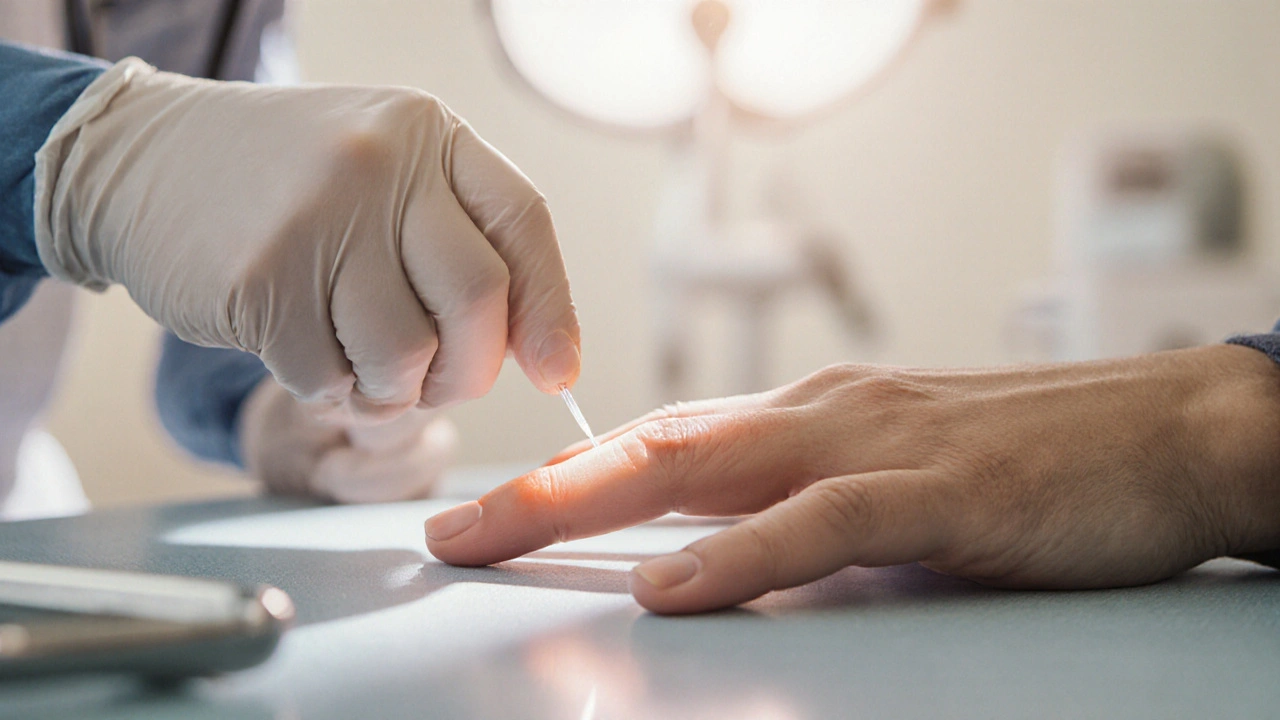When talking about early detection leprosy, the practice of finding Hansen's disease at its first signs to stop spread and tissue damage. Also known as leprosy screening, it relies on watching the body for subtle clues before the infection takes hold.
One of the first clues is skin lesions, discolored patches, raised nodules, or loss of sensation on the skin. These spots often appear on the face, hands, or feet and can be mistaken for eczema or psoriasis. When a lesion feels numb, that’s a red flag because the bacteria attack peripheral nerves.
Speaking of nerves, nerve damage, loss of feeling, muscle weakness, or tingling in hands and feet caused by Mycobacterium leprae is the next big warning sign. If the disease isn’t caught early, permanent disability can follow, making everyday tasks hard.
To confirm what you see, doctors use diagnostic tests, skin smear microscopy, biopsy, and PCR that detect the leprosy bacillus. These tests give a concrete answer, letting treatment start within days instead of weeks.
Public health programs also play a role. Community screening campaigns, mobile clinics and contact tracing that look for early signs in high‑risk areas boost detection rates. When screening is combined with education about skin lesions and nerve symptoms, the whole system works faster.
Here’s how the pieces fit together: early detection leprosy encompasses skin lesions, requires diagnostic tests, and is supported by screening campaigns. Diagnostic tests influence early detection leprosy by providing accurate results, while nerve damage is a complication that early detection aims to prevent.
Below you’ll find a range of articles that dive deeper into each of these topics – from detailed guides on recognizing skin changes to step‑by‑step explanations of lab tests. Use them to sharpen your eye, understand the science, and learn practical steps you can take whether you’re a health worker or just curious about staying ahead of the disease.
